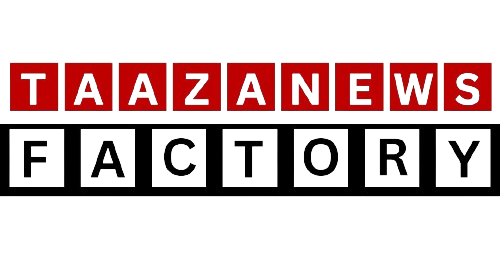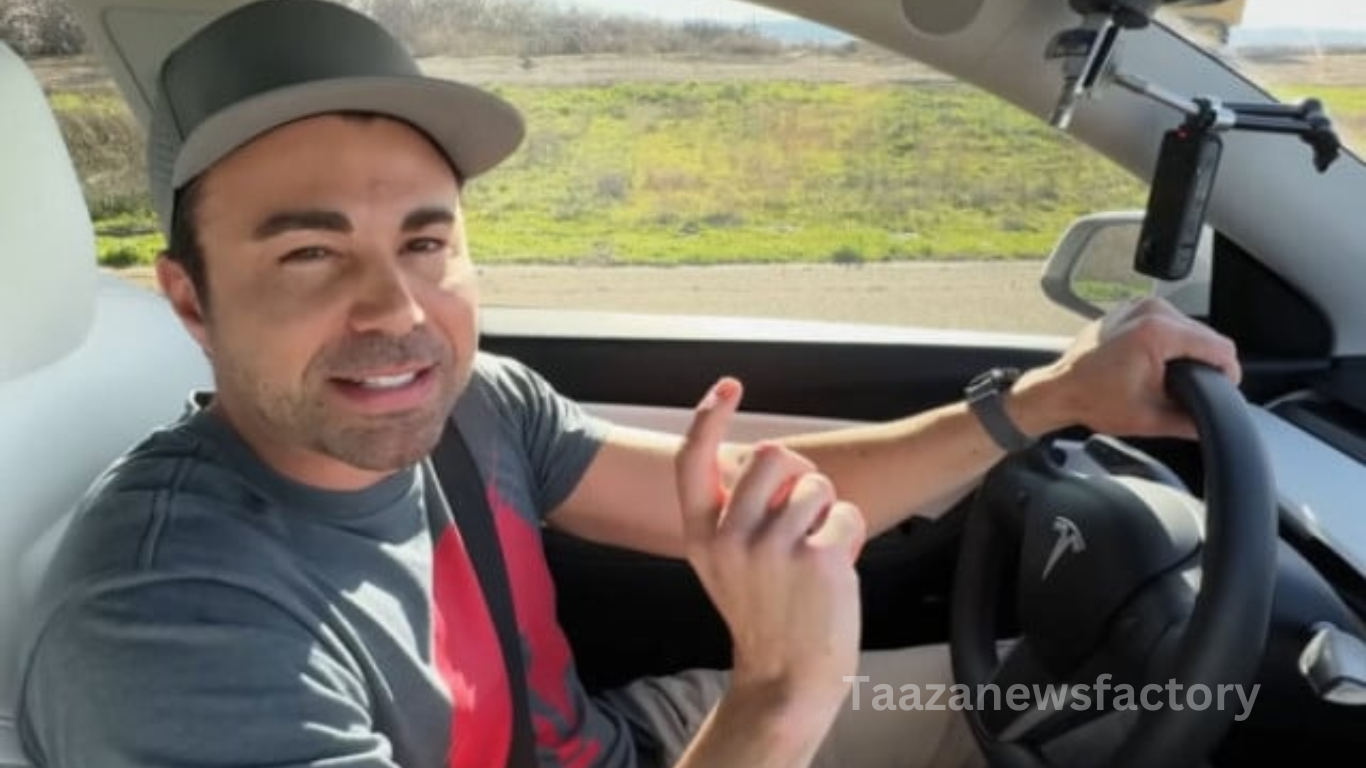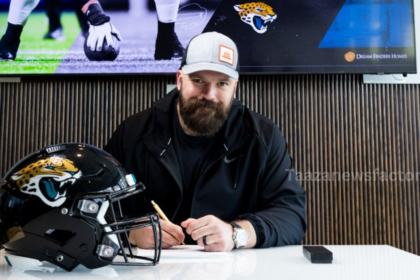Mark Rober’s Controversial Experiment Pits Tesla’s Vision-Based System Against Lidar Technology
YouTube sensation Mark Rober recently conducted a series of self-driving car tests comparing Tesla’s camera-based system with a Luminar Lidar-powered vehicle. The video has generated significant discussion, but critics argue that the choice of Tesla’s older Autopilot system makes the results less reliable.
Mark Rober’s Experiment: Cameras vs. Lidar
With over 65 million subscribers and videos often exceeding 120 million views, Mark Rober has a massive platform for science-based content. His latest video set out to demonstrate how Tesla’s camera-only system compares to Lidar in various challenging scenarios like thick fog, water jets, bright lights, and even a deceptive Road Runner-style photographic wall.
The goal was to assess how well each system could detect and respond to obstacles using its respective technology.
The Flaw in the Test
The primary criticism of Mark Rober’s experiment is that it used Tesla’s Autopilot rather than its latest Full Self-Driving (FSD) software. Autopilot is a driver-assist feature, not a fully autonomous system. Using this outdated software undermines the validity of the comparison.
Here is the raw footage of my Tesla going through the wall. Not sure why it disengages 17 frames before hitting the wall but my feet weren’t touching the brake or gas. pic.twitter.com/ddmeyqO3ww
— Mark Rober (@MarkRober) March 17, 2025Tesla’s FSD (Supervised), which uses advanced neural networks and updated algorithms, was not part of the test. Critics believe its inclusion could have provided a clearer understanding of Tesla’s current technological capability.
Also Read: Renault 5 Turbo 3E: A 536-HP All-Electric Homage to a Rally Legend
Lidar’s Performance: A Clear Advantage?
The Luminar Lidar system demonstrated superior performance in extreme scenarios. Unlike camera systems that can be obstructed by visual barriers, Lidar relies on laser technology to generate a detailed 3D map of the environment.
- Thick Fog: Lidar performed exceptionally well by identifying objects through dense fog.
- Water Jets: Despite water interference, the Lidar system maintained object detection accuracy.
- Fake Wall Test: The Lidar easily detected the photographic wall, while Tesla’s Autopilot system failed.
However, industry experts argue that such extreme conditions are rare and not reflective of everyday driving scenarios.
Tesla’s Vision-Only Approach: Strengths and Challenges
Tesla remains committed to a camera-only self-driving system. CEO Elon Musk has repeatedly stated that achieving full autonomy using cameras and artificial intelligence is the ultimate goal. While this vision-based approach reduces hardware costs and simplifies design, it faces significant challenges:
- Poor Visibility: Cameras struggle in low light, fog, and heavy rain.
- Object Recognition: Rapid decision-making remains difficult in unusual or adversarial scenarios.
Despite these challenges, Tesla has made considerable progress in refining its vision-based FSD system, particularly for highway and urban driving.
Industry Perspective: The Future of Autonomous Driving
Most companies pursuing autonomous driving, including Waymo and Cruise, rely on a combination of sensors: Lidar, Radar, and Cameras. This multi-sensor approach offers greater reliability and accuracy in complex environments.
However, Tesla’s software development strategy emphasizes continuous data collection from millions of vehicles on the road, which accelerates improvements in its AI algorithms.
Mark Rober’s test, though entertaining, lacks the technological nuance necessary for a meaningful assessment of modern autonomous driving capabilities.
A Call for a Re-Test
Many viewers and industry experts are now calling on Mark Rober to redo his experiment using Tesla’s latest FSD version with updated hardware. A fair comparison between Tesla’s vision-only system and Lidar technology could provide more insightful results.
With the rapid evolution of self-driving technology, only time will tell whether Tesla’s camera-first approach can match or surpass the reliability of Lidar-based systems.
Conclusion
While Mark Rober‘s experiment sparked debate, it also highlighted the challenges and opportunities in autonomous driving technology. The push for better, safer, and more reliable self-driving systems remains ongoing.
For now, whether you stand with Tesla’s vision-only approach or support the use of Lidar, one thing is certain — the race to perfect autonomous driving is far from over.






